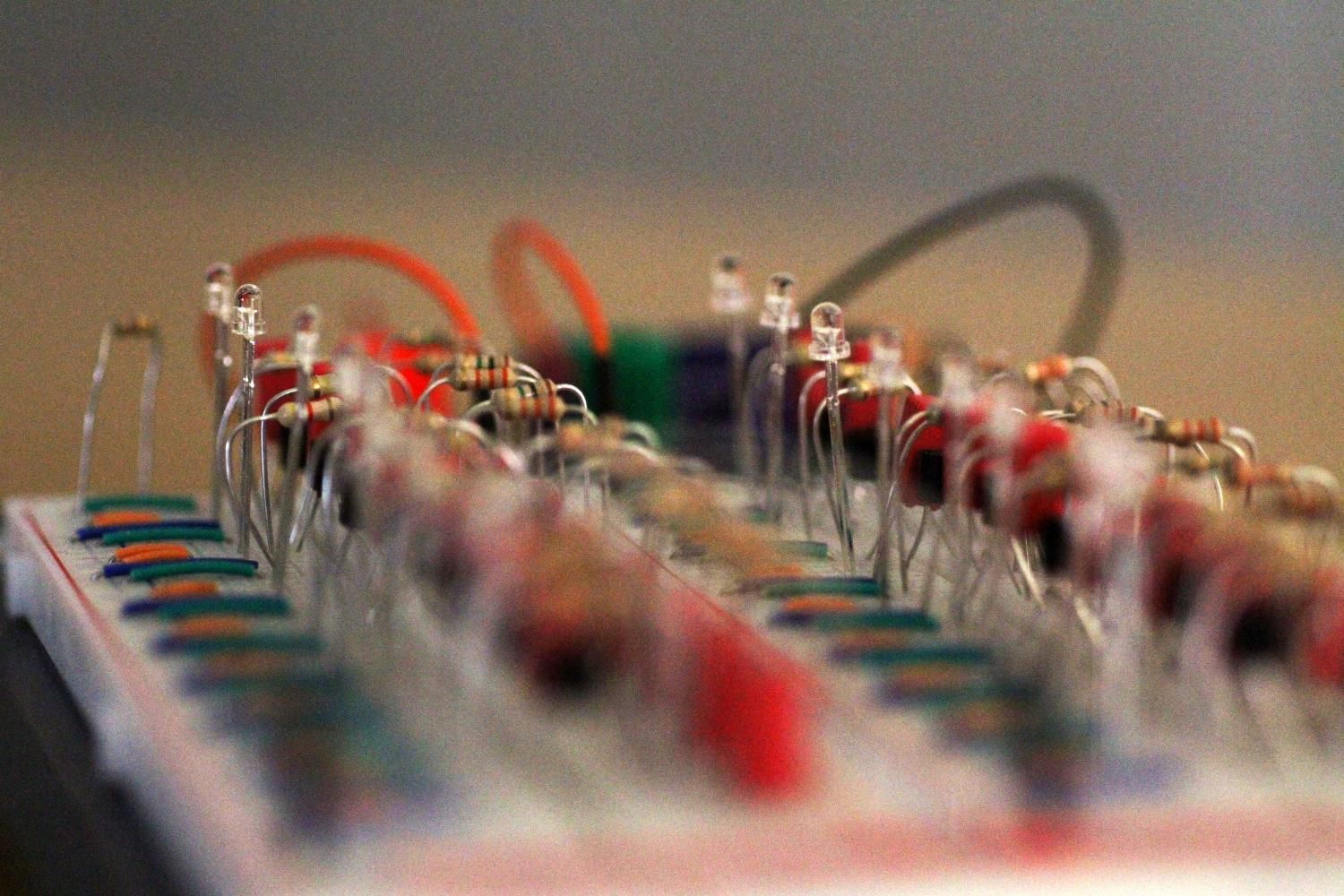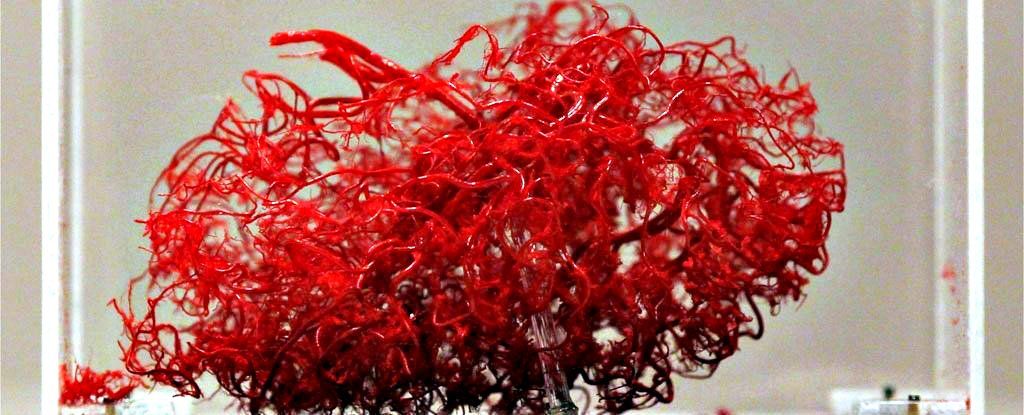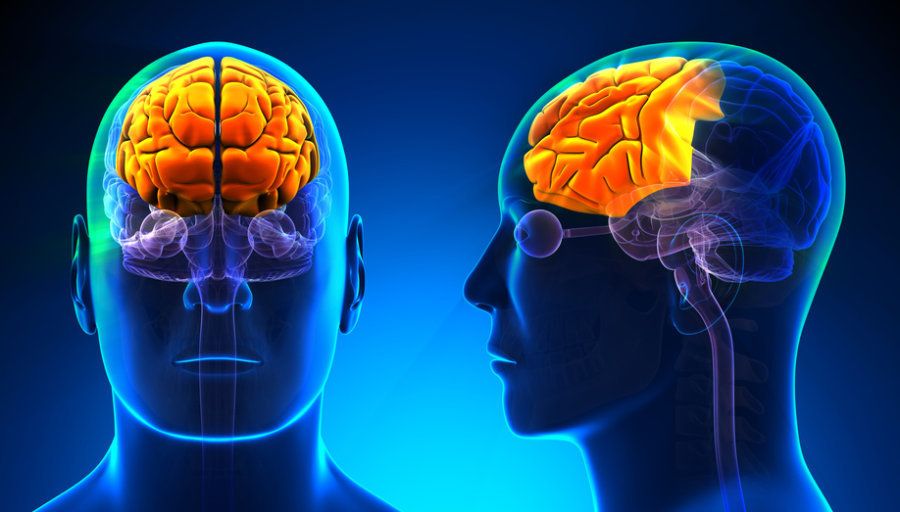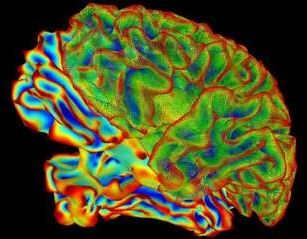Archive for the ‘neuroscience’ category: Page 928
Jul 1, 2016
Research team reproduces major functional principles of the brain using technology
Posted by Shailesh Prasad in categories: computing, neuroscience, robotics/AI
How does the human brain collect, process and store the flow of data which it constantly encounters? How does it manage cognitive tasks, which require complex interaction between various areas of the brain and overload high performance computers that work much more quickly? Why can the brain cope with all of this using much less energy? It is the aim of the research team from Kiel led by Professor Hermann Kohlstedt, Head of the Nanoelectronics Department at Kiel University (CAU) and spokesman of the national collaborative research project “Memristive devices for neural systems” (FOR 2093) funded by the German Research Foundation (DFG) to track this impressive efficiency of the human brain using technology and to implement its method of operation in artificial neural networks. The scientists from Kiel have now succeeded in electronically reproducing two fundamental principles of operation of the human brain, memory and synchronisation. They recently published their results in Applied Physics Letters.
The human brain is a master of energy efficiency. It has approximately 100 billion nerve cells, also known as neurons, which manage with power of only about 20 Watt. Modern high performance computers would require many thousands of times more energy to perform similarly complex calculations as the brain manages. The neurons in the brain are linked to each other with synapses and form a highly complex network. The term “learning” in the neurological sense means that the synaptic connections in the brain are not determined statically. Instead they are continually readjusting on the basis of environmental influences, for example sensations. This makes it possible to store new memory content locally, known as the neurological plasticity of the brain.
In addition to the spatial ability of the neural connections to adjust, there is another important building block to process information in the brain: the synchronisation of neural groups. Electrical impulses, so-called action potentials, form the basic unit of information processing in the brain. These impulses permanently transmit information between the neurons and in doing so they cross and influence the synaptic connections in the brain. “In the case of conscious sensory perceptions the spatial irregular occurrence of neural impulses changes into ordered structures suddenly and for a limited time,” says Professor Thorsten Bartsch, a neurologist at Kiel University and member of the research group. The previously independent impulses of the neurons synchronise themselves in this case even over areas of the brain that are not close together. Evidence of this synchronised “firing” in humans can also be shown by measuring brain waves (electroencephalography, EEG).
Jul 1, 2016
The World’s First Human Brain-to-Brain Interface
Posted by Shailesh Prasad in categories: internet, neuroscience
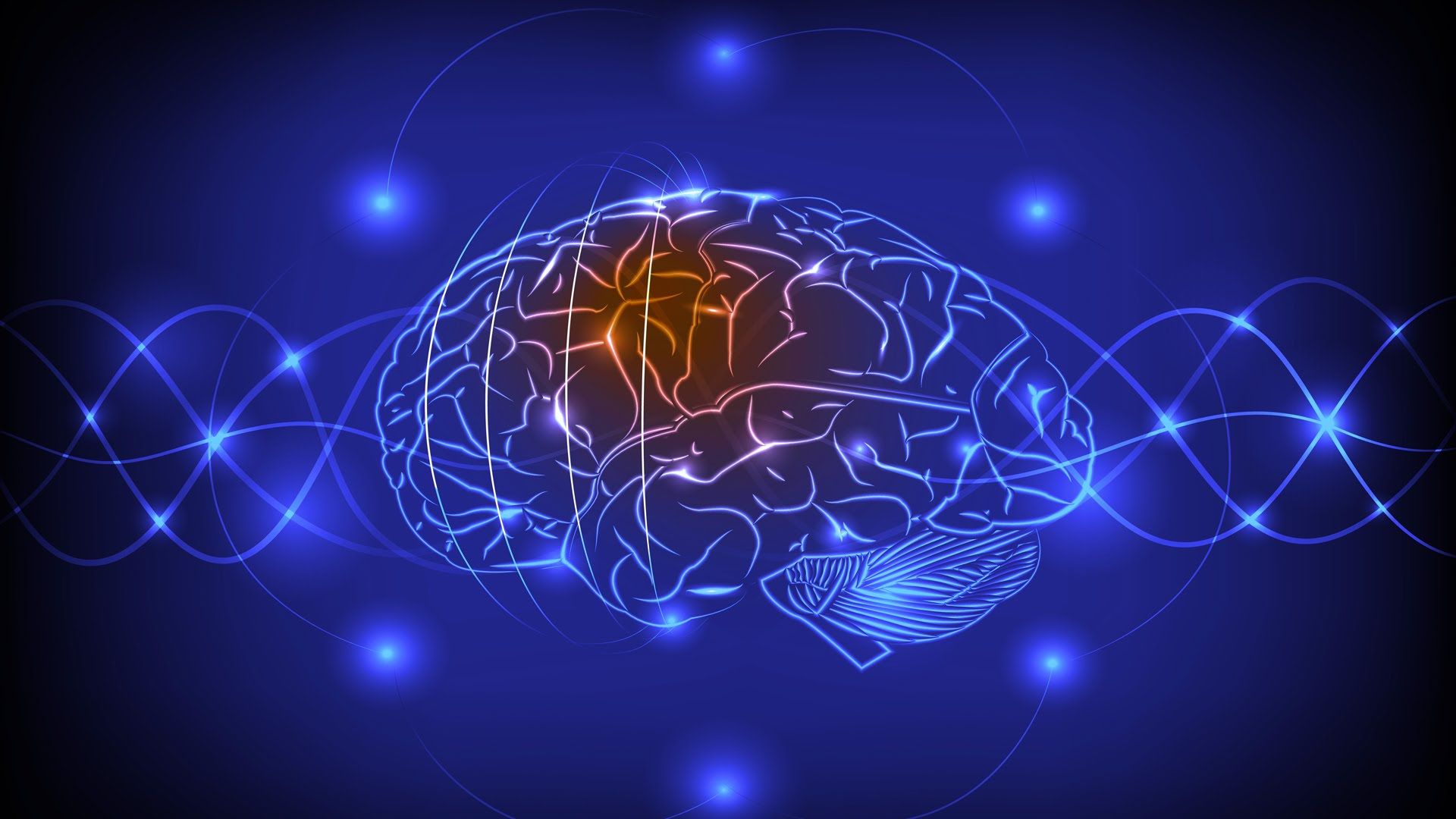
[3:19] Rajesh Rao and Andrea Stocco test the first human brain-to-brain interface, allowing the brain to be controlled over the internet. When Rajesh plays a video game and thinks about firing at a target, the EEG picks up the signal and sends it across the internet, the Transcranial Magnetic Stimulation or TMS stimulates the region of Andrea’s brain that controls hand movement. This causes Andrea’s index finger to fire the cannon and blow up the target. [Source: World Science Festival YouTube link] Comments.
Jul 1, 2016
Scientists say they’ve developed aspirin that crosses the blood-brain barrier
Posted by Shailesh Prasad in categories: biotech/medical, health, neuroscience
One of the biggest challenges in treating brain cancer has been getting drugs to cross the blood-brain barrier and attack tumours where they’re needed.
But scientists say they’ve now developed a truly soluble liquid aspirin that can make its way into the brain, and, in the lab at least, kill cancerous glioblastoma cells without harming healthy brain tissue.
The research hasn’t been published in a peer-reviewed journal as yet, so we need to take it with a big pinch of salt for now. But scientists from the Brain Tumour Research Centre at the University of Portsmouth in the UK just presented it at the Brain Tumours 2016 conference in Poland.
Continue reading “Scientists say they’ve developed aspirin that crosses the blood-brain barrier” »
Jun 30, 2016
3D Printing + Five Axes = 5D Printing?
Posted by Karen Hurst in categories: 3D printing, 4D printing, neuroscience

This article is a bit odd to me. Why? Because the way 5D printing is describe is not that much more advance than 3D printing. In fact, 4D printing (as shown by Mitsubishi Lads) prints an object that self evolves/ assembles itself into the object specification submitted to the printer. In another article, it was highlighted that 5D printing would take the 4D printing formation and apply technology that enables the object/s to have intelligence to repair/ evolve over time. So, at this point 5D is still being defined.
3D-printed parts made with five-axis technology are stronger and use less material.
Jun 30, 2016
Motivation to bully is regulated by brain reward circuits
Posted by Karen Hurst in category: neuroscience
Researchers have identified nerve cell communication between specific brain regions, providing insight for the development of new therapeutic strategies, and new information on possible motivation for bullying.
Jun 30, 2016
A new experimental system sheds light on how memory loss may occur
Posted by Karen Hurst in categories: bioengineering, biotech/medical, genetics, neuroscience
Two interconnected brain areas — the hippocampus and the entorhinal cortex — help us to know where we are and to remember it later. By studying these brain areas, researchers at Baylor College of Medicine, Rice University, The University of Texas MD Anderson Cancer Center and the National Cancer Institute have uncovered new information about how dysfunction of this circuit may contribute to memory loss in Alzheimer’s disease. Their results appear in Cell Reports.
“We created a new mouse model in which we showed that spatial memory decays when the entorhinal cortex is not functioning properly,” said co-corresponding author Dr. Joanna Jankowsky, associate professor of neuroscience at Baylor. “I think of the entorhinal area as a funnel. It takes information from other sensory cortices — the parts of the brain responsible for vision, hearing, smell, touch, and taste — and funnels it into the hippocampus. The hippocampus then binds this disparate information into a cohesive memory that can be reactivated in full by recalling only one part. But the hippocampus also plays a role in spatial navigation by telling us where we are in the world. These two functions converge in the same cells, and our study set out to examine this duality.”
The new mouse model was genetically engineered to carry a particular surface receptor on the cells of the entorhinal cortex. When this receptor was activated by administering the drug ivermectin to the mice, the cells of the entorhinal cortex silenced their activity. They stopped funnelling information to the hippocampus. This system allowed the scientists to turn off the entorhinal cortex, and to determine how this affected hippocampal function.
Jun 29, 2016
How liquid aspirin could help fight brain cancer: Special version of the drug found to be ten times more effective at killing cancer cells than chemotherapy
Posted by Dan Kummer in categories: biotech/medical, neuroscience
A drink containing liquid aspirin could extend the lives of thousands of brain cancer patients, according to breakthrough research.
British experts have found that the simple drug can cross the ‘blood-brain barrier’ — a hurdle which has so far stopped cancer drugs attacking brain tumours.
Scientists will today announce the results of early tests which show liquid aspirin is ten times more effective than any existing chemotherapy at killing brain cancer cells.
Jun 28, 2016
Futures: Interfacing with DARPA’s cyborg soldiers
Posted by Karen Hurst in categories: cyborgs, engineering, evolution, neuroscience, supercomputing
BMI technology is like anything else; you have an evolution process to finally reach a level of maturity. The good news is that at least at this point of time BMI is at least in that cycle where we are no longer crawling and trying to stand up. We’re in that stage of the cycle where we are standing up and taking a couple of steps at a time. In the next 3 to 5 years, things should be extremely interesting in the BMI space especially as we begin to introduce more sophisticated technology to our connected infrastructure.
Will future soldiers be able to use a direct brain interface to control their hardware?
Imagine if the brain could tell a machine what to do without having to type, speak or use other standard interfaces. That’s the aim of the US Defense Advanced Research Projects Agency (DARPA), which has committed US$60 million to a Neural Engineering System Design (NESD) project to do just that.
Continue reading “Futures: Interfacing with DARPA’s cyborg soldiers” »
Jun 28, 2016
How Amrita University advanced neurological disorders’ prediction using GPUs
Posted by Karen Hurst in categories: biotech/medical, business, computing, neuroscience
Excellent start in using GPU for mapping and predictive analysis on brain functioning and reactions; definitely should prove interesting to medical & tech researchers and engineers across the board should find this interesting.
MIS Asia offers Information Technology strategy insight for senior IT management — resources to understand and leverage information technology from a business leadership perspective.

